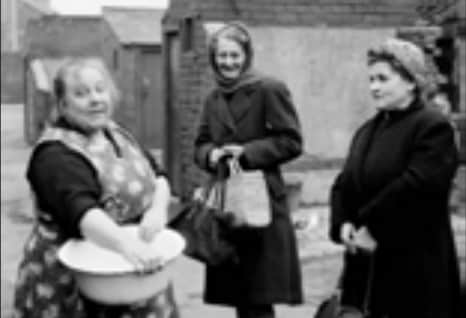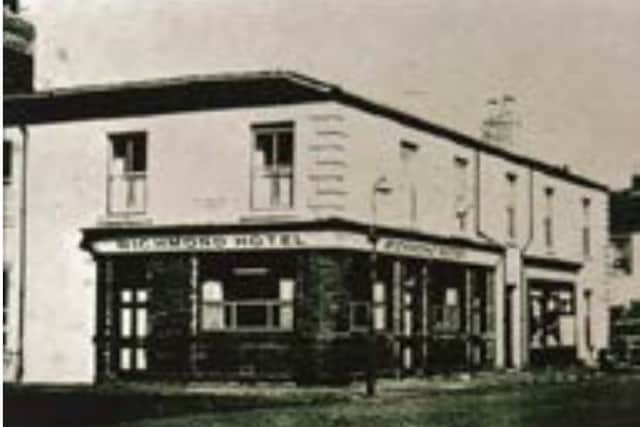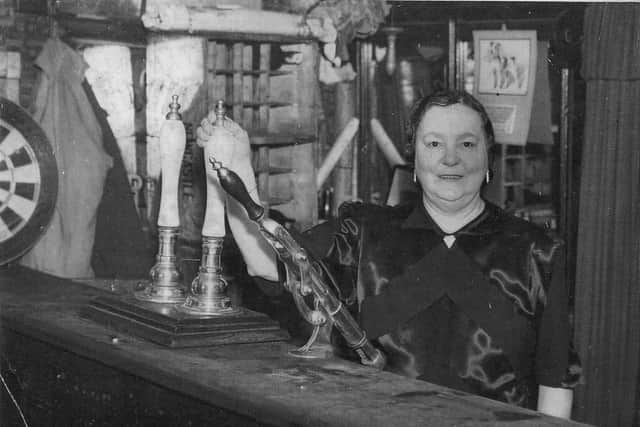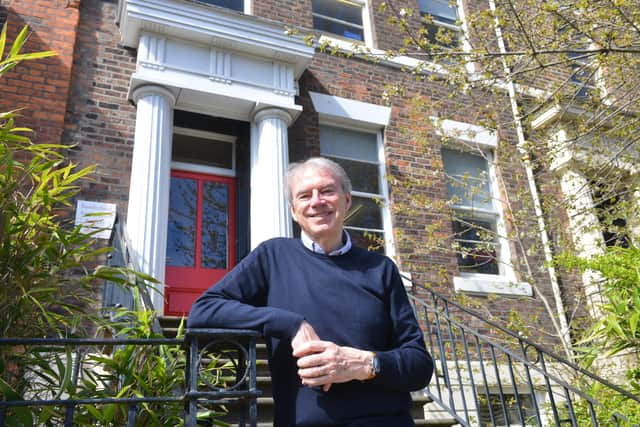Sunderland's vanished 'Back Of The Pit' neighbourhood, where you'd find Meggie Rowe and Little Carrie
and live on Freeview channel 276
It had pubs, shops, and a grocers where you could get 'tick'.
Back of the Pit’ has mostly gone but it's memories live on - and here they are through the eyes of Philip Curtis from Sunderland Antiquarian Society.
Advertisement
Hide AdAdvertisement
Hide AdThe ‘Back of the Pit’ - behind Wearmouth Colliery - was a community full of character.


On the corner of Brooke Street (left) was a small grocery shop, owned by Meggie Rowe, who sold everything imaginable.
Meggie took ‘tick’ seven days a week and if you paid what you owed on Friday she let you have ‘tick’ again on Monday.
There was Colliery Square where the people lived in miners’ cottages.
Advertisement
Hide AdAdvertisement
Hide AdThere was a football field and cottages in Stobart Street as well as Wreath Quay Road.
The shop in Billy Cutter's house
The local off-licence was on the corner of Hodgson’s Buildings, run by Frank Whiel until the 60s and later by the Hullah family until the 1980s. It eventually became a café.
There was another small grocer’s shop in Wilson Street and Billy Cutter’s general dealers in Brooke Street - in his house.
Little Carrie who stood on a box to serve pints
Near Billy’s shop was Younger’s Fish Shop and a small cake shop in Hay Street run by Lily Ainslie.
Advertisement
Hide AdAdvertisement
Hide AdThere were numerous pub. The Richmond Hotel on the corner of Richmond Street - managed by George Grey in the 1940s.


During the war he employed Mary, Kitty and Betty Quinn and Carrie Rock.
People called her ‘Little Carrie’ as she was so small that she had to stand on a wooden box to pull pints.
The fire in the Waggon Tavern
Dominoes and darts, card schools and trips to places like Gretna Green were all part of the pub’s entertainment.
Another local pub, The Waggon Tavern had a welcoming fire.
Advertisement
Hide AdAdvertisement
Hide AdThe Colliery House was run by James Curtis followed by Alice White who went on to the Phoenix in Chester Road in the late fifties.
One of the oldest pubs in the area was the Drop Tavern known locally as The Wharf. It's customers were mostly sailors who worked on the coal runs.
Making paint scrapers at the File Factory
On the gable end of Wilson Street and Easington Street stood The Fitzroy Hotel, managed by James Bell and there was the Aquatic Arms on the corner of North Bridge Street.
Also in the Sheepfolds was The Engineers Tavern run by Elizabeth Vickery (Ma Vic).


Advertisement
Hide AdAdvertisement
Hide AdOf the many small factories, the File Factory was one of the largest. It closed in 1988 and all the workers received £1 each.
It made every kind of file, from nail files to 24 inch ones, and paint scrapers were made to supply the shipyards.
Ali Baba's Sauce Factory
In Richmond Street were Ali Baba’s Sauce Factory, Eldorado’s Ice Cream Works and Jackie Myers, the undertaker, who used horse-drawn carriages for funerals up to the 1940s.


Down Pottery Lane, there was Cottam’s Brush Factory, the pottery and Saville’s which made finings for beer.
Advertisement
Hide AdAdvertisement
Hide AdThe houses are long gone with small industrial units replacing them.
One building remains in Easington Street. It is the old stable block, formerly the property of the North Eastern Railway.
So much to see at the Antiquarians
Our thanks for another wonderful contribution from Sunderland Antiquarian Society.
To find out more, visit the Society’s Facebook page, its website or get along to its Heritage Centre in Douro Terrace on Wednesdays and Saturdays from 9.30am to 12pm.
Comment Guidelines
National World encourages reader discussion on our stories. User feedback, insights and back-and-forth exchanges add a rich layer of context to reporting. Please review our Community Guidelines before commenting.